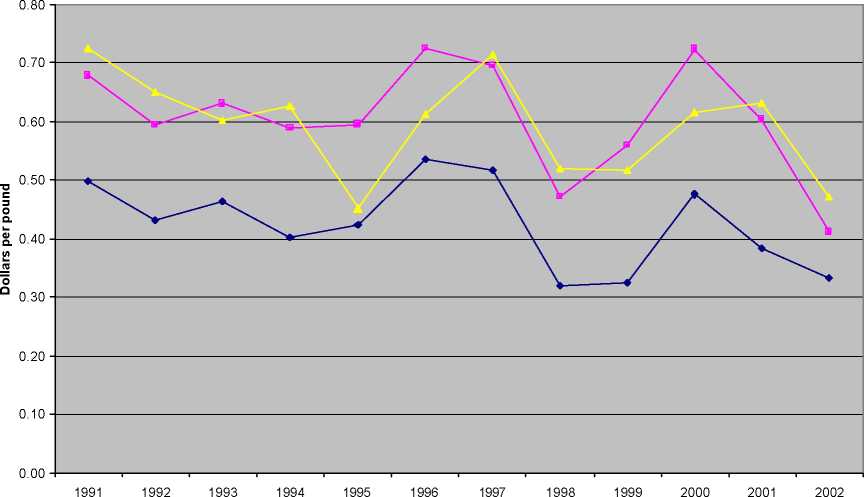Figure 3 -- Hog Prices in Mexico and the United States, 1991-2002

I U.S. Price a Unit value, Mexican imports -A-Domestic Mexican price~∣
Since NAFTA’s implementation in 1994, however, Mexican hog producers
have had to contend with several occasions in which domestic prices were
particularly low. In 1995, the primary cause was reduced demand for pork
as a result of the economic crisis that year. In 1998, 1999, and 2002, the
lower domestic price corresponded closely with a sharp decline in the U.S.
price. Low prices in 1998 and 1999 also provided the setting for an
antidumping case concerning U.S. hog exports to Mexico. In October 1999,
the Mexican Secretariat of Commerce and Industrial Promotion (now called
the Secretariat of Economy) issued a Final Determination in this case and
applied a compensatory duty of $0.351 (U.S. dollars)2 per kilogram to U.S.
slaughter hogs.
Still, the price that Mexican hog producers receive in the domestic market
continues to be higher than the U.S. price, which has two major
implications. First, Mexican consumers pay more for pork than consumers
in Canada or the United States. This effect is particularly important to the
development of the Mexican pork market, given that per capita income in
Mexico is substantially lower than per capita income in the other NAFTA
countries. Second, since Mexican pork demand is relatively elastic with
2 All monetary values in this paper are expressed in U.S. dollars.
More intriguing information
1. Lending to Agribusinesses in Zambia2. The name is absent
3. The fundamental determinants of financial integration in the European Union
4. Social Balance Theory
5. Telecommuting and environmental policy - lessons from the Ecommute program
6. Optimal Tax Policy when Firms are Internationally Mobile
7. Disentangling the Sources of Pro-social Behavior in the Workplace: A Field Experiment
8. Studies on association of arbuscular mycorrhizal fungi with gluconacetobacter diazotrophicus and its effect on improvement of sorghum bicolor (L.)
9. Peer Reviewed, Open Access, Free
10. Stable Distributions